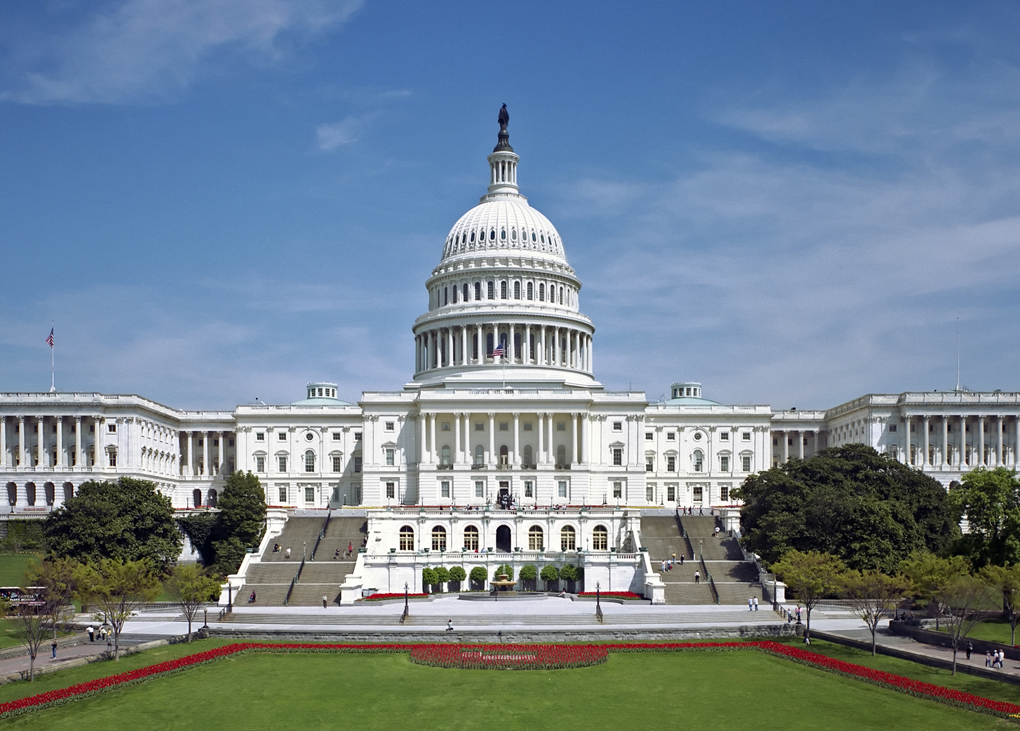US engineering body ASHRAE has provided witness testimony in a congressional hearing on COVID-19 risks and response in transportation systems.
Titled “Protecting Transportation Workers and Passengers from COVID: Gaps in Safety, Lessons Learned, and Next Steps,” the hearing examined COVID-19 safety gaps in the protection of US transportation workers and passengers.
“Protecting the transportation workforce and passengers, many of whom are essential workers, is critical for all of us, as those travelling can rapidly spread the coronavirus over large distances,” says ASHRAE President Charles E Gulledge III in his remarks to the committee.
“On behalf of the entire ASHRAE organisation, we offer continued technical support to this congressional committee as it works on policies and legislation to make transportation systems safer and healthier.”
ASHRAE Epidemic Task Force chair William P Bahnfleth, Ph.D., P.E., was one of six witnesses who provided testimony.
“In response to the pandemic, ASHRAE formed an Epidemic Task Force last March, which I was appointed to chair,” says Bahnfleth. “The Task Force is comprised of volunteer members who are experts in the fields of air conditioning, ventilation, filtration and air cleaning. It includes practitioners as well as researchers and academics like myself, who have focused their careers on making indoor environments safer and healthier.”
Bahnfleth says the ASHRAE guidance, standards, and other resources are based on science and consensus.
In his testimony, Bahnfleth addresssed the need to take an “end to end” approach in assessing the exposure risks related to transportation, examining not only modes of transportation, but ground facilities associated with travel.
“For the safety of those who must travel, it may be possible to upgrade the HVAC systems of some modes of transportation by improving ventilation, increasing filter efficiency and adding air-cleaning technologies where applicable,” said Bahnfleth.
“However, as noted previously, there are limitations to the kind and extent of upgrades. This lesson – that risk can be significant and that our transportation systems currently may not provide the desired level of protection to workers and passengers – should be reflected in the design of future trains, buses, automobiles and ships.”
Meanwhile, because the performance of many HVAC systems in buildings are still being evaluated, the ASHRAE Epidemic Task Force has updated its reopening guidance for HVAC systems to help mitigate the transmission of SARS-CoV-2.
“The Building Readiness Guide includes additional information and clarifications to assist designers and commissioning providers in performing pre- or post-occupancy flush calculations to reduce the time and energy to clear spaces of contaminants between occupancy periods,” says Wade Conlan, ASHRAE Epidemic Task Force Building Readiness team leader.
“New information includes the theory behind the use of equivalent outdoor air supply, a method for calculating the performance of filters and air cleaners in series, and filter droplet nuclei efficiency that help evaluate the systems’ ability to flush the building.”
 Matt Dillon
Matt Dillon


Leave a Reply